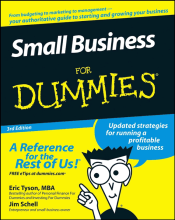Persuasion - Attitude change: seven theories - Elaboration Likelihood Model
4 important questions on Persuasion - Attitude change: seven theories - Elaboration Likelihood Model
Explain the main principle behind Elaboration Likelihood Model.
The higher the consumer's involvement, the higher the likelihood that the consumer will elaborate on the message.
Explain how a consumers process the message using the central route and the peripheral route.
Central route: process the message with attention, read the entire text or listen to the words, elaborate on it, choose to accept the message or dismiss it.
Peripheral route: process the message superficially, do not pay attention the exact words, nor do we read or listen to the entire message, we are impressed or unimpressed by some superficial elements of the ad. Based on the peripheral elements we form a quick impression about the brand.
Connect high involvement and low involvement with the two routers in the elaboration likelihood model.
High involved consumers go through the central route.
Low involved consumers go through the peripheral route.
- Higher grades + faster learning
- Never study anything twice
- 100% sure, 100% understanding
What is the advantage if consumers 'elaborate'?
- Consumers will have noted all the points made in the ad, because message will get processed fully
- They are more likely to remember the message later, because they will have personally and consciously interacted with the message
The question on the page originate from the summary of the following study material:
- A unique study and practice tool
- Never study anything twice again
- Get the grades you hope for
- 100% sure, 100% understanding































